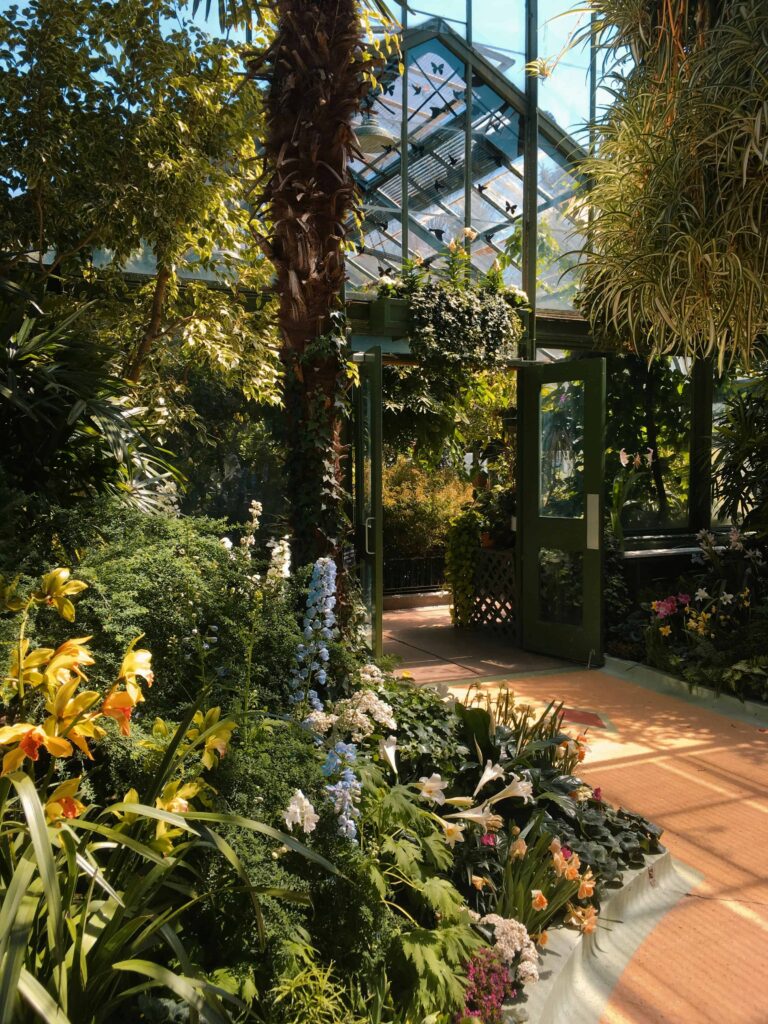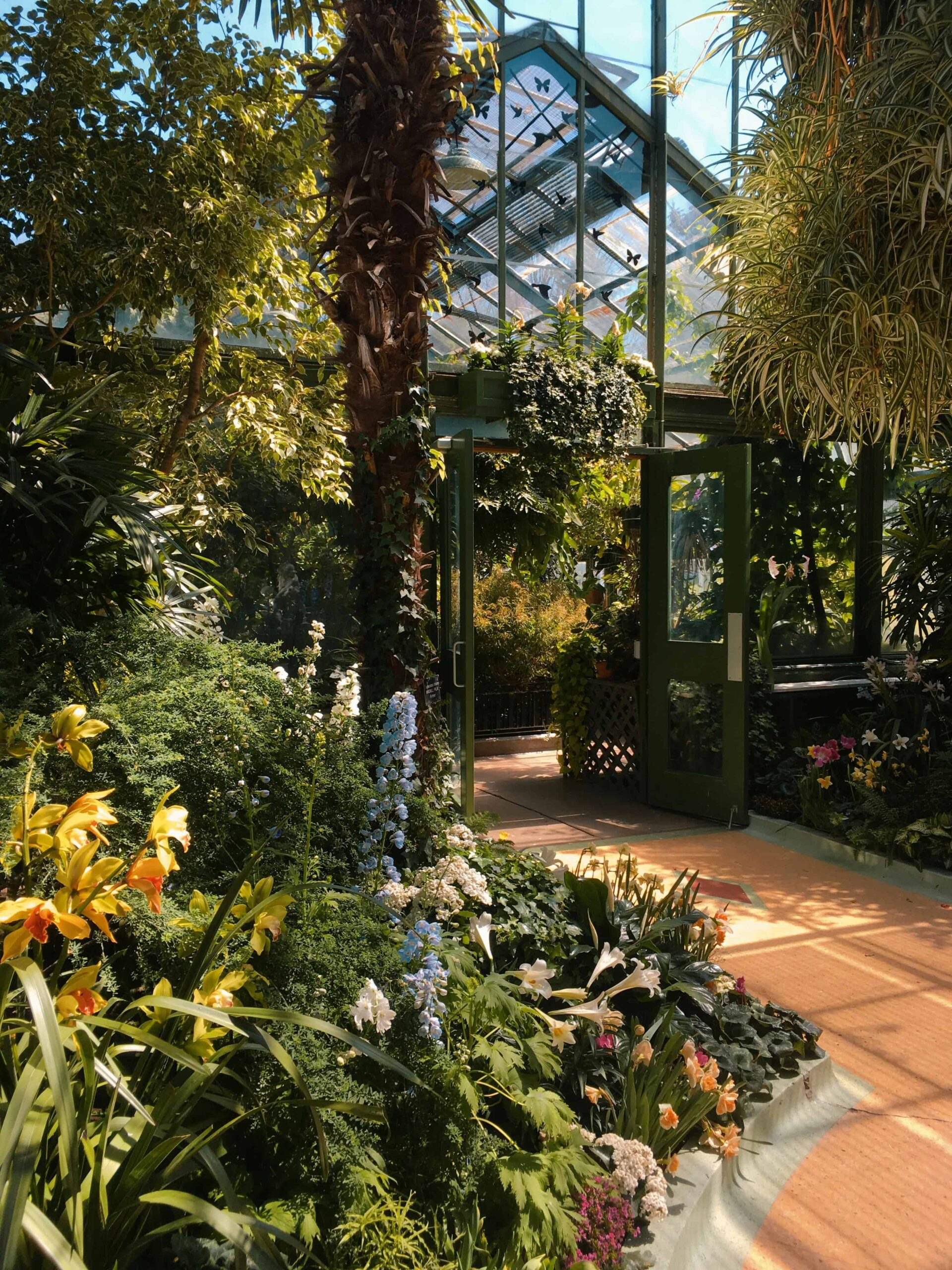By Mercedes Quintanilla.
The three types of experiences of nature represent the basic categories of the biophilic design framework: the direct and indirect experience with nature, and the experience of space and place.
The direct experience of nature refers to the real contact with the environment and the characteristics of its surroundings including natural light, air, plants, water, landscaping among others.

Some qualities are: light, air, water, plants, animals, time, natural landscapes, ecosystems and fire.
The indirect experience of nature refers to contact with the representation or image of nature, to the transformation of nature from its natural condition, or to the particular exposure of the characteristic texture and process of the natural world. This includes photographs and pieces of art, natural materials such as wooden furniture, wool fabrics, decorations inspired by shapes and patterns in nature.
Some qualities are: Images of nature, natural materials, natural colors, natural simulator of light and air, naturalistic shapes and figures, evoking nature, wealth of information, age, change and the patina of time, natural geometries and biomimicry.
The experience of space and place refers to the special features of the natural environment that enhance the health and well-being of humans.
Among these three categories of experiences, 24 biophilic design attributes have been identified.
Some qualities are: perspective and refuge, organized complexity Integration of pieces, transition spaces, mobility and orientation, cultural and ecological and attachment to place.
All of these qualities of biophilic design are experienced through a variety of human senses including sight, hearing, touch, smell, taste and movement. The visual sense is the dominant way of perceiving and responding to the natural world. When we see plants, animals, water, landscapes, and other natural features, a variety of emotional physical aspects are activated. People also react to indirect contact with nature, especially with images of nature, textures, organic shapes and figures, and more.
The allure of nature particularly arouses our interest, curiosity, imagination and creativity. Conversely, when we lack visual contact with the natural world, lack of windows and featureless space, we often experience boredom, fatigue, and in extreme cases mental and physical.
Despite our human tendency to favor the visual sense, other sensory responses to nature are of great importance to us. Hearing the running water, touching plants, smelling flowers, feeling the movement of the air often moves us emotionally and intellectually. Multisensory encounters with nature in the built environment can contribute to comfort, satisfaction, enjoyment, and cognitive performance, and should be encouraged where possible.
(Calabrese, 2015)
Reference
Kellert, S. and Calabrese, E. 2015. The Practice of Biophilic Design. www.biophilic-design.com

Read the Comments +